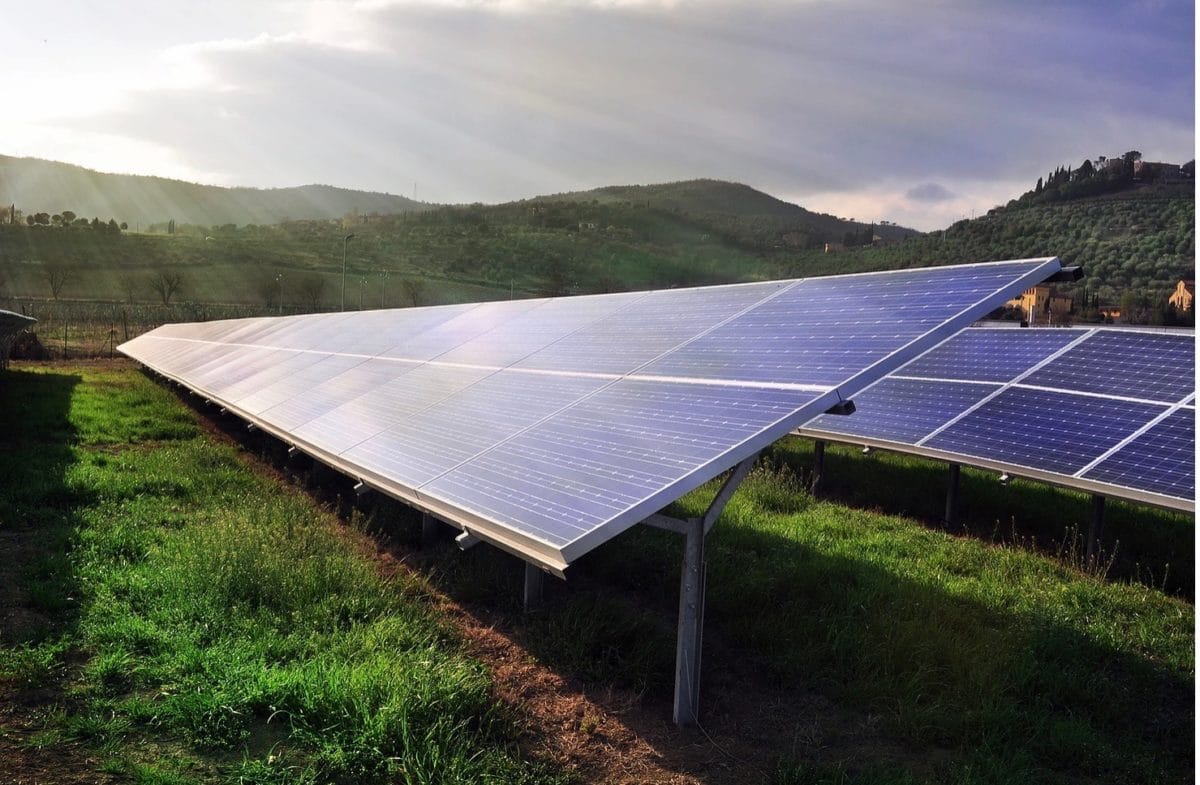Based at the University of New South Wales (UNSW), the Australian Centre for Advanced Photovoltaics (ACAP), the nation’s leading solar research centre, has received its first major grant in years with the announcement of $19 million from the Australian Renewable Energy Agency (ARENA).
The grant, likely provisioned as part of the Coalition’s $1.4 billion ARENA extension funding in September, is hoped to reassert Australia’s place on the frontier of solar technology in an effort to make clean energy even more competitive than it has become.
Of course, the UNSW-based school is perhaps best known globally as the developer of Passivated Emitter and Rear Cells (PERC), now used the world over.
Renate Egan, a senior solar researcher at APAC, told The Sydney Morning Herald that though solar is “now the lowest cost form of new electricity generation and competes with the marginal cost of coal, but ther eis still more to do. We see significant opportunities to improve performance and aesthetics and to develop solar for applications beyond rooftops and utility scale.”
Of these other applications, Egan says APAC will use the funds to work on embedding solar in more and more surfaces, including electric vehicles (EVs) and buildings themselves. “We see,” Egan continued, “the module technology of today to be similar to the mobile phone technologies o the 1990s – it is functional and effective, but has a long way to go.”
“The investment by the Commonwealth government reflects a confidence in Australia’s leadership in solar research,” added Egan, “and an intention to keep Australia at the forefront of technology development.”
Monash takes a slice
Monash University is set to receive more than $4.5 million of the funding toward two projects which could help accelerate the global transition to renewable energies, including the establishment of the Melbourne Centre for Nanofabrication (MCN). The MCN, a facility made available by ACAP, which will look to develop next-generation solar cells, solar fuels, batteries and other novel energy technologies.
Monash University’s Senior Vice-Provost said the MCN and other ARENA funding would help to enable “major advances towards the development of ultra-low cost photovoltaics, which underpins our global commitment to achieving Sustainable Development Goal No. 7 – affording and clean energy solutions.”
Udo Bach, Professor of Chemical Engineering at Monash, will lead a team with $3.9 million in funding to establish the catchily named ‘High Throughput Solution-Processable Photovoltaic Materials Discovery Facility’.
Congratulations to our researchers @MonashChemEng Prof Udo Bach and @MonashMSE Prof @JacekJasieniak for receiving more than $4.5 million @ARENA_aus funding for initiatives that will drive the transition to sustainable energy #CHANGEIT https://t.co/yFtYjdWdaD
— Monash Engineering (@monashengineers) December 14, 2020
“Monash is a world leader in energy science and engineering,” said Bach. “This facility will dramatically increase the rate of discovery in the energy materials space as Australia, and indeed other countries globally, prioritise a reduction in carbon emissions and a transition to sustainable energy sources.”
Along with ongoing research into perovskites, this facility will house advanced robotics and artificial intelligence concepts to rapidly synthesise, deposit and test printable and ‘paint on’ energy materials. The use of such tools means the facility can operate 24 hours a day printing out film coatings for testing.
But that is not all. ARENA’s funding also includes some $661,000 in funding to a team led by Monash Professor of Materials Science and Engineering, Jacek Jasieniak, to further develop an advanced sputtering tool.
Despite what you might think, sputtering is not when someone stutters and spits at the same time. Sputtering is actually a phenomenon observed when nanoscopic particles are ejected with escape velocity from the surface of a material after said material is struck with energised particles of plasma or gas. As such, sputtering is used in the manufacturing of optical coatings, semiconductor devices, and nanotechnology products, but could also see the discovery of new cocktails of materials due to its ability to radically and rapidly shake up and redeposit inorganic materials in a single step like a dumping wave. It is thought this technique could see the accelerated discovery and development of newfangled materials in photovoltaics, including new earth-abundant inorganic absorbers, interfacing transport layers, electrodes, anti-reflective coatings and protecting layers.
“The development of new materials and interfaces is critical towards future progress in silicon and other emerging photovoltaics,” said Jasieniak. “However, such developments are inherently unproductive and expensive. The proposed facility will develop a new capability in a combinatorial sputtering system within Australia that will accelerate the development and optimisation of sputtered inorganic materials in a big way compared to more conventional vacuum techniques.”
The Dean of Monash University’s Engineering Faculty, Elizabeth Croft, said that these investments have the potential to fundamentally transform the way our energy systems function, “and accelerate Australia’s leadership towards the clean, safe and sustainable energy future.
This content is protected by copyright and may not be reused. If you want to cooperate with us and would like to reuse some of our content, please contact: editors@pv-magazine.com.









By submitting this form you agree to pv magazine using your data for the purposes of publishing your comment.
Your personal data will only be disclosed or otherwise transmitted to third parties for the purposes of spam filtering or if this is necessary for technical maintenance of the website. Any other transfer to third parties will not take place unless this is justified on the basis of applicable data protection regulations or if pv magazine is legally obliged to do so.
You may revoke this consent at any time with effect for the future, in which case your personal data will be deleted immediately. Otherwise, your data will be deleted if pv magazine has processed your request or the purpose of data storage is fulfilled.
Further information on data privacy can be found in our Data Protection Policy.